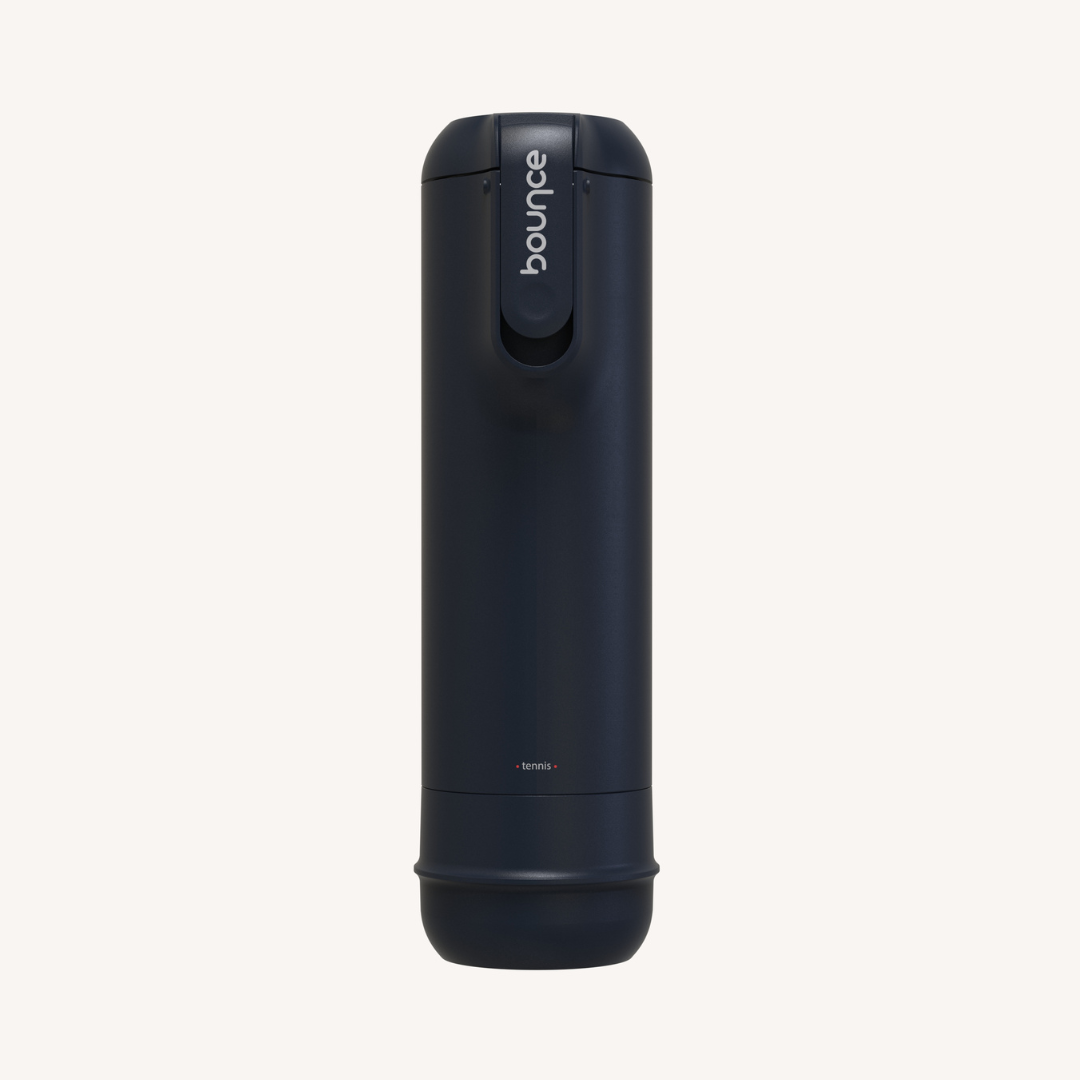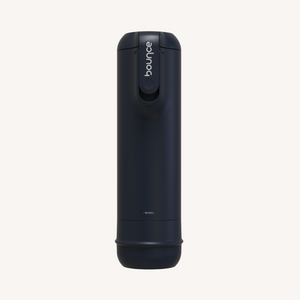In the dynamic realm of racquet sports, discerning players understand that the nuances between tennis balls and padel balls extend far beyond mere appearances. This in-depth guide aims to unravel the intricacies, providing insights into the differences in pressurization, bounce dynamics, and materials, shedding light on the quantifiable characteristics that define these essential components of tennis and padel.
Key takeaways
-
Diverse Ball Types: Padel balls, with a diameter of 6.35-6.77cm and a weight of 56-59.4g, cater to the fusion of tennis and squash, while hard tennis balls, 6.54-6.86cm in diameter and 56-59.4g in weight, dominate professional play.
-
Pressurization Dilemma: Traditional tennis balls boast around 14 PSI internal pressure, ideal for professional play, whereas pressureless padel balls operate within a lower 10-11 PSI range, sparking an ongoing debate in the racquet sports community.
-
Composition and Manufacturing Processes: Quantifiable differences exist in core materials, with hard tennis balls utilizing synthetic rubber, and felt cover compositions, aligning with ITF standards for optimal play. Padel balls share manufacturing processes but deviate subtly in materials, influencing play characteristics.
-
Bounce Dynamics: Quantitative measures dictate bounce dynamics, with ITF specifying a tennis ball's bounce between 135-147cm and padel balls exhibiting slightly less bounce with a range of 135-145cm. These measurable metrics offer players insights into gameplay nuances.
-
Future Vision of Racquet Sports: Sustainable initiatives like Bounce Tube, Bounce Pro, and Bounce Circular bring quantifiable contributions to the racquet sports community, preserving ball pressure, extending lifespan, and reducing replacements. As the future leans towards sustainability, quantifiable data empowers players in making environmentally conscious choices.
Diverse Ball Types
Tennis and padel, though sharing some similarities, cater to distinct playing styles, and the differences are not just anecdotal but quantifiable. Padel balls, designed for the fusion of tennis and squash elements, are slightly smaller than tennis balls, with a diameter ranging from 6.35cm to 6.77cm. Their weight approximates 56g to 59.4g. In contrast, hard tennis balls, prevalent in professional tournaments, have a standard diameter between 6.54cm and 6.86cm, weighing in the range of 56 to 59.4 grams.
Pressurization Dilemma
The pressurization process is a quantitative aspect that impacts the performance of tennis and padel balls. Traditional pressurized tennis balls typically have an internal pressure of around 14 PSI (pounds per square inch), providing a dynamic bounce ideal for professional play. On the other hand, pressureless padel balls operate within a lower pressure range, typically between 10 PSI and 11 PSI. Quantifying these pressures adds a tangible dimension to the ongoing debate about the advantages and disadvantages of each approach.
Composition and Manufacturing Processes
The core and cover of tennis and padel balls play quantifiable roles in shaping their performance. Synthetic rubber dominates the core of hard tennis balls, ensuring optimal bounce on the court. When it comes to felt cover, the International Tennis Federation (ITF) specifies that it must consist of 70% wool and 30% nylon. Comparatively, the manufacturing processes for padel balls align with tennis balls, yet subtle differences in materials impact their play characteristics, creating a measurable distinction.
Bounce Dynamics
Bounce, a critical aspect of ball performance, is subject to quantitative measures in tennis and padel. The ITF mandates that a tennis ball, when dropped from a height of 254cm, should bounce between 135cm and 147cm. Padel balls, being slightly less bouncy, have a bounce height ranging from 135cm to 145cm under the same conditions. These quantifiable metrics provide players with a clear understanding of how the bounce dynamics influence gameplay.
Future Vision of Racquet Sports
In the ever-evolving landscape of racquet sports, visionary products like Bounce Tube, Bounce Pro, and Bounce Circular bring quantifiable contributions to an eco-conscious approach. For instance, the Bounce Tube helps preserve the pressure of tennis and padel balls, contributing to their optimal performance over time. Quantifiable data on the extended lifespan of balls and the reduction in replacements add tangible value to these sustainability initiatives, shaping the future in quantifiable terms.
Conclusion
Quantifying the intricate differences in pressurization, bounce, and materials between tennis and padel balls empowers players to make informed choices, enhancing their enjoyment and performance on the court. As racquet sports move towards a future where sustainability is quantifiable, players and enthusiasts are invited to actively participate in this transformative journey, armed with tangible insights and quantitative data.


